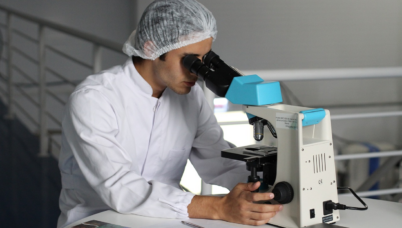Morning Starters: Spring 1 - Microorganisms
Did You Know?
Microscopes allow scientists to view things in great detail that would otherwise be invisible to the naked eye. Much of what we know about microorganisms, such as bacteria and viruses, can be attributed to the invention and development of the microscope. While the modern microscope has many parts, the most important components are its magnifying lenses.

Word Challenge
Start with the word ‘microscopic’ and compile a list of words, whose meanings show a gradual increase in size.
Example: microscopic, minuscule, tiny, …
Grammar Challenge
Copy and complete the sentence below with the scientist’s spoken words.
“_________ !” exclaimed the scientist as he peered into his microscope.
Number Challenge
Electron microscopes can magnify objects up to 50 million times their original size,
Multiply the following numbers by 50 million:
- 10
- 0.1
- 1.5
Critical Thinking
Zacharias Janssen is credited with inventing one of the earliest compound microscopes (ones that use two lenses) around 1600.
What do you consider to be the greatest invention? Why do you think this?

 Sign in
Sign in

